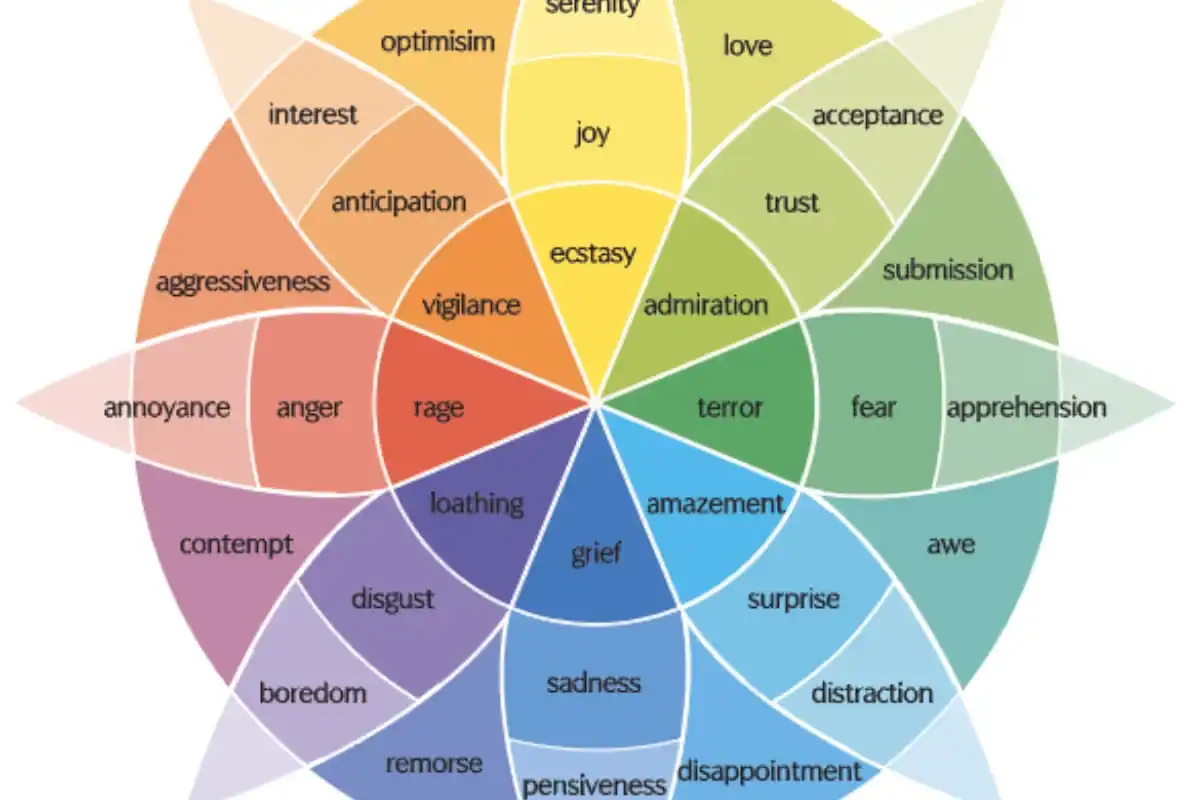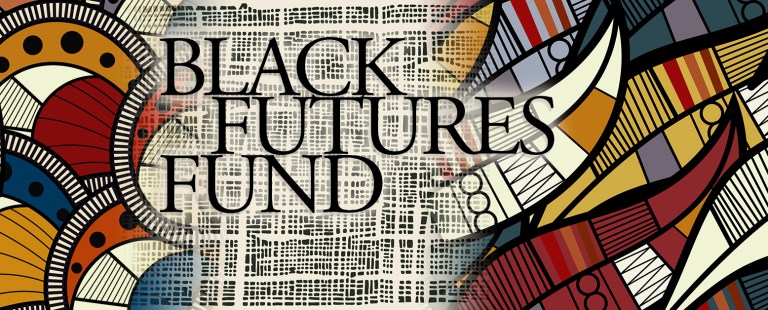By Jennifer Bailey, LCSW & RDT
Merriam-Webster Dictionary defines emotions as “a conscious mental reaction (such as anger or fear) subjectively experienced as a strong feeling usually directed toward a specific object and typically accompanied by physiological and behavioral changes in the body”. In short, emotions are a response to something, and we feel them not only in our minds but in our bodies.
According to Six Seconds: The emotional intelligence network, “Emotions focus our attention and motivate us toward a specific course of action. Each emotion has a purpose.” While emotions help guide us through life events and relationships, many people often avoid them by repressing or suppressing their emotions.
Emotional Repression
According to PositivePsychology.com, “Emotional repression can occur due to growing up in an environment where little or no room was given to experience and express emotions.” Growtherapy.com explains that repressing emotions is an unconscious act; it happens automatically and is pushed out of a person’s awareness because it is too painful.
Emotional Suppression
Growtherapy.com goes on to say that, “Suppression is a conscious and deliberate effort to ignore, control, or push away certain emotions or thoughts.” Emotional suppression is an intentional choice to avoid experiencing discomfort associated with certain emotions.
Whether an active choice (suppression) or an automatic response (repression), emotions will find ways to be heard, often at the expense of our physical or mental health.
How it Hurts
In both emotional suppression and repression, Growtherapy.com notes harmful effects, can include difficulty with forming and managing relationships, increased levels of anxiety and depression, chronic stress, gaps in one’s memory, nightmares or flashbacks, and unexplained physical symptoms.
Name it. Claim it. Tame it. Emotional Intelligence Practice
Once a day, pause and notice how you are feeling in that moment. If finding the emotion word, you can use the Wheel of Emotions below. Start at the innermost circle and move outward or remain in the inner circle until you become more comfortable with identifying emotions.
Takeaways
- Emotions focus our attention and motivate us toward a specific course of action. Each emotion has a purpose.
- Emotional Repression- an unconscious act, meaning it happens automatically, that is pushed out of a person’s awareness because it is too painful.
- Emotional Suppression-Emotional suppression is an active choice to avoid experiencing discomfort brought on by certain emotions.
- Daily Practice: Name it. Claim it. Tame it. Try naming your emotions once a day this week.
Jennifer Bailey is a wife, mother of three, and therapist. She is a Licensed Clinical Social Worker (LCSW) and Registered Drama Therapist (RDT).





